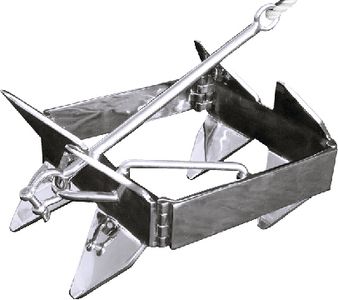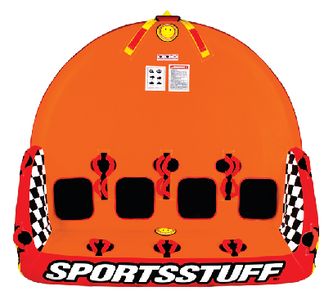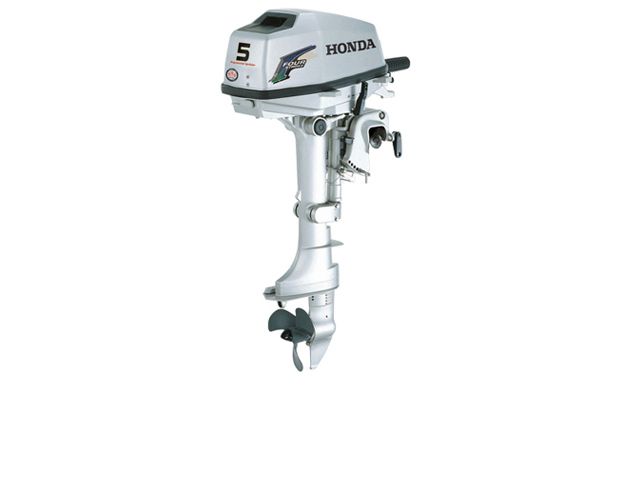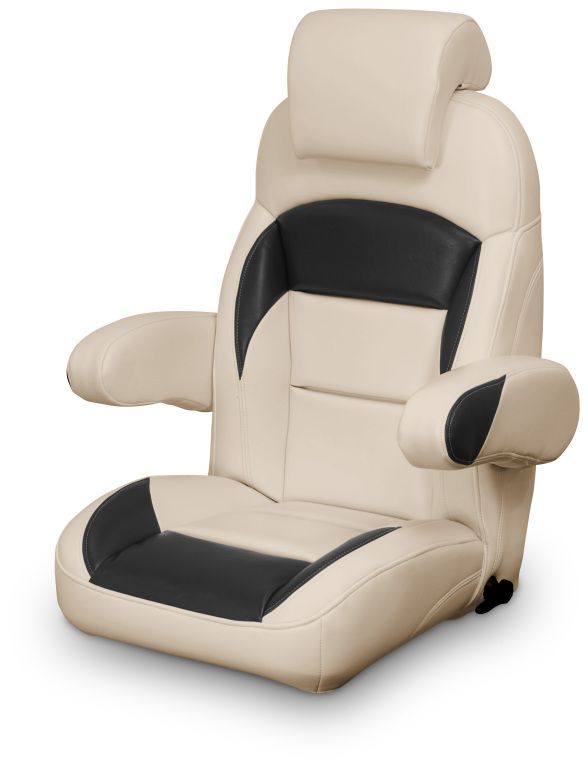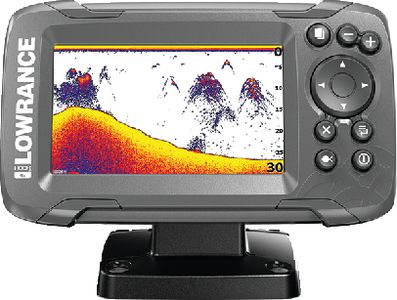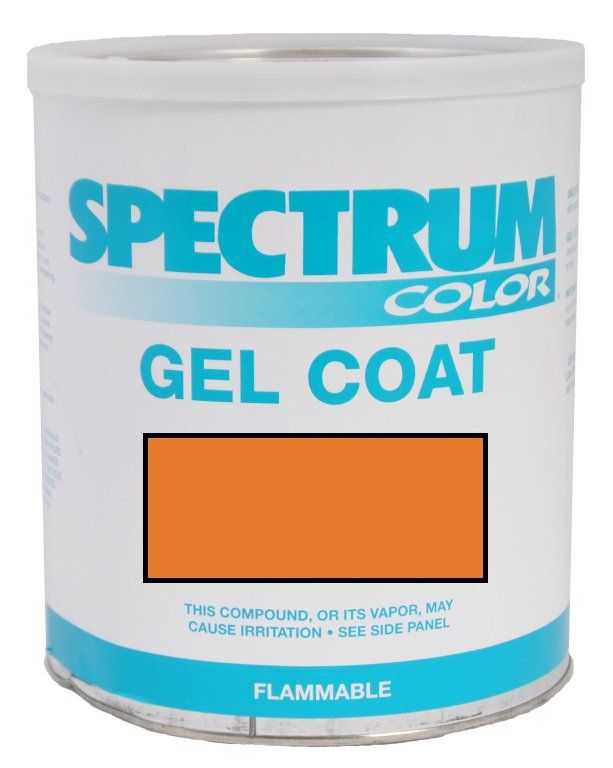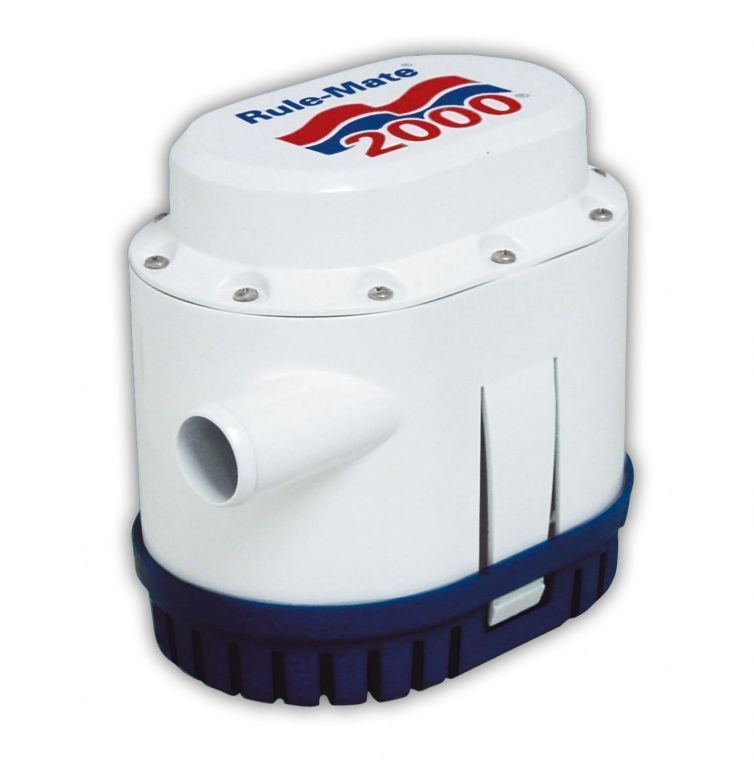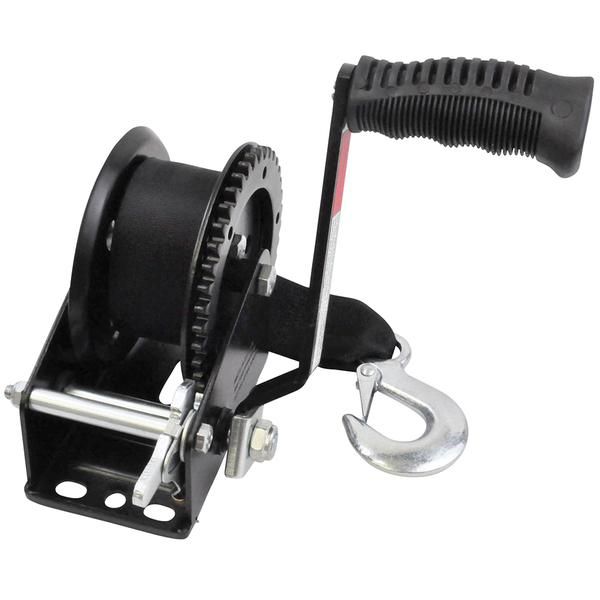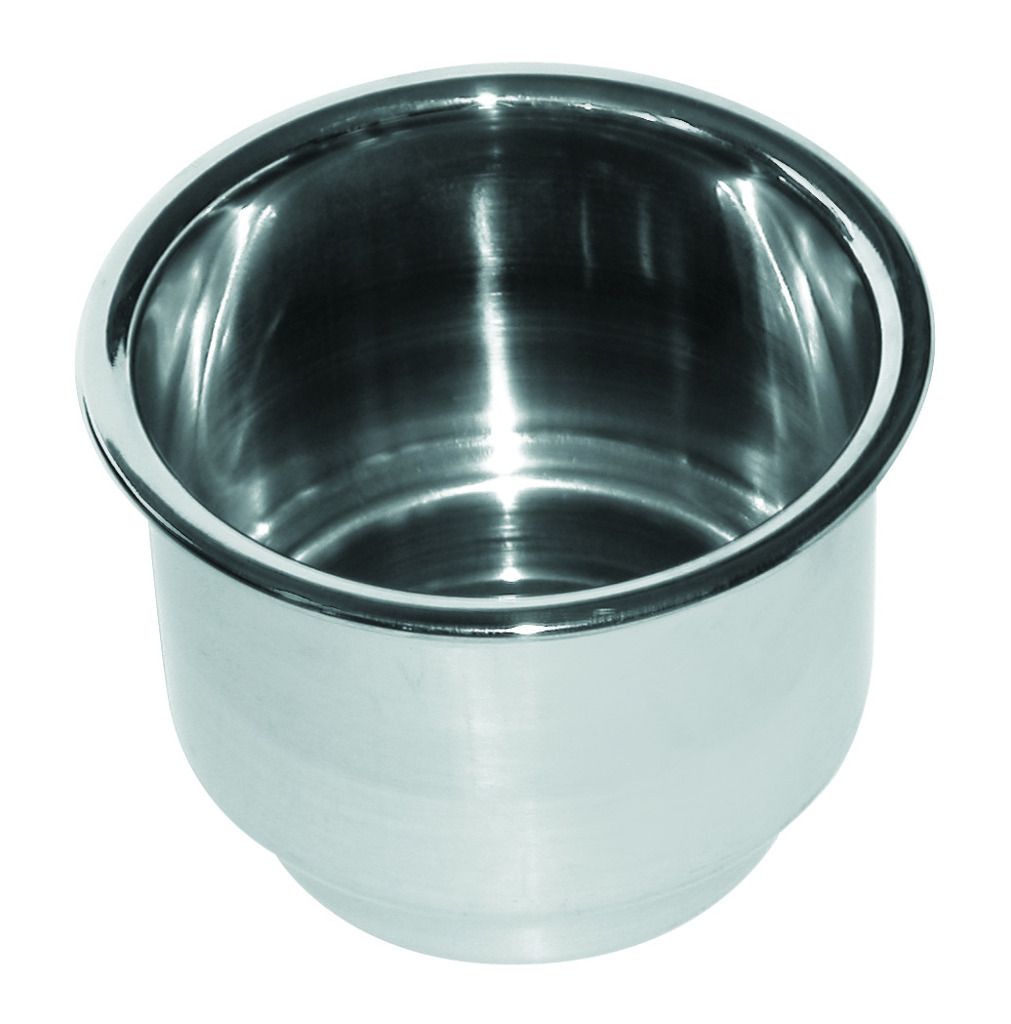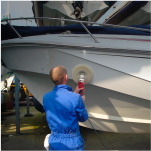I'm not familiar with the product numbers, but from a quick google it seems that 1700 is what we call byply, which is a biaxial weave with a thin layer of csm stitched to the bottom. 1708 I think is just the woven strands, or what we call roving.
The roving by itself wont give a good bond to the surface. It's strong because it's made with long continuous strands, but that woven structure prevents the strands from laying into the surface scratches well.
You need at least one layer of csm under the roving, but we always do two. You also need to finish with the csm. If you sand the roving smooth, you will break those long fibers and eliminate what makes it strong, which defeats the purpose of using it.
I'll get some pics of our rolls when I get back from lunch.

